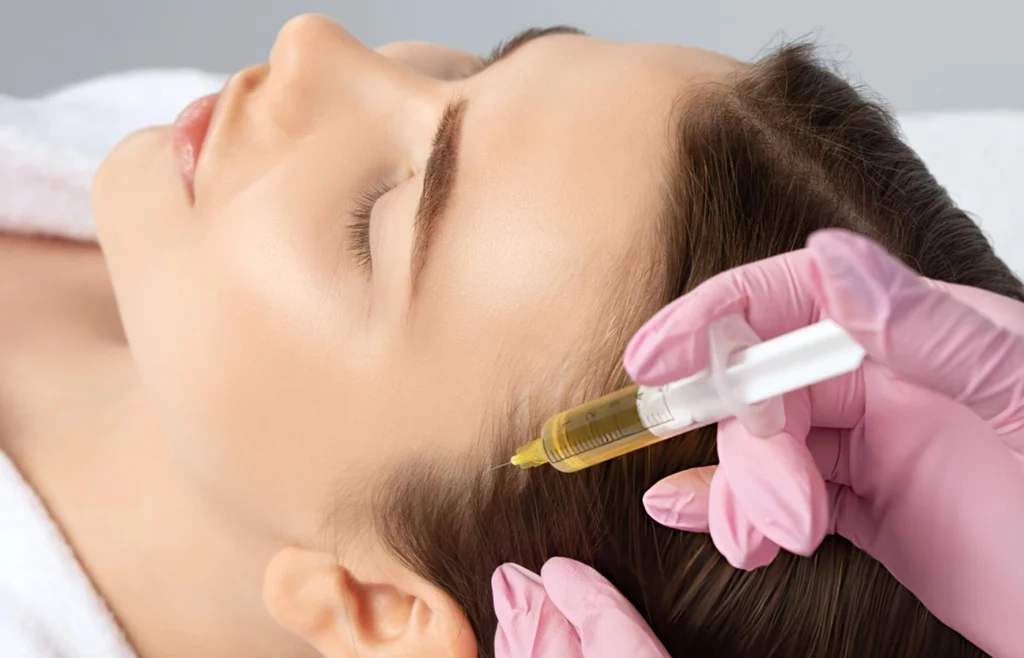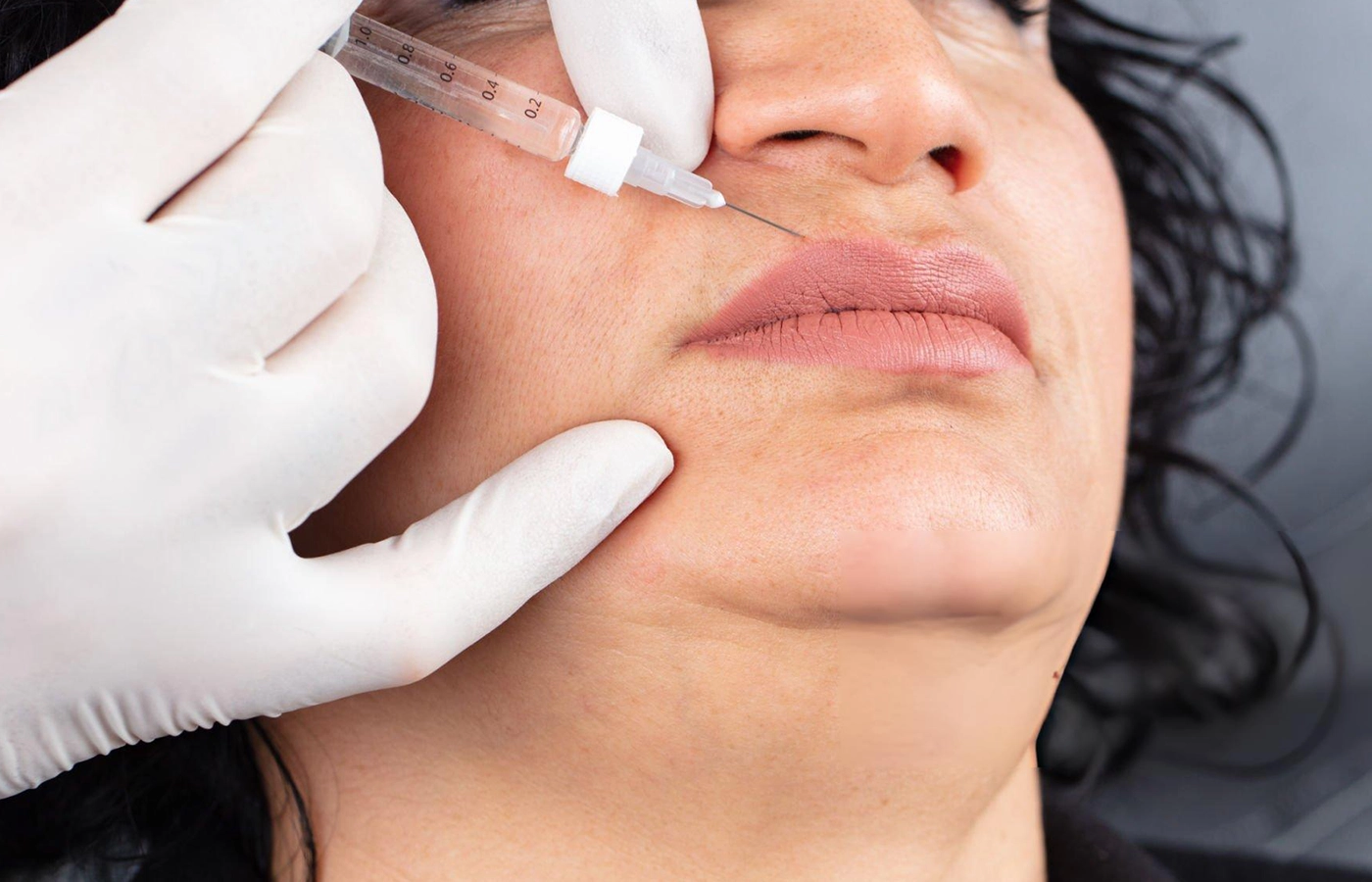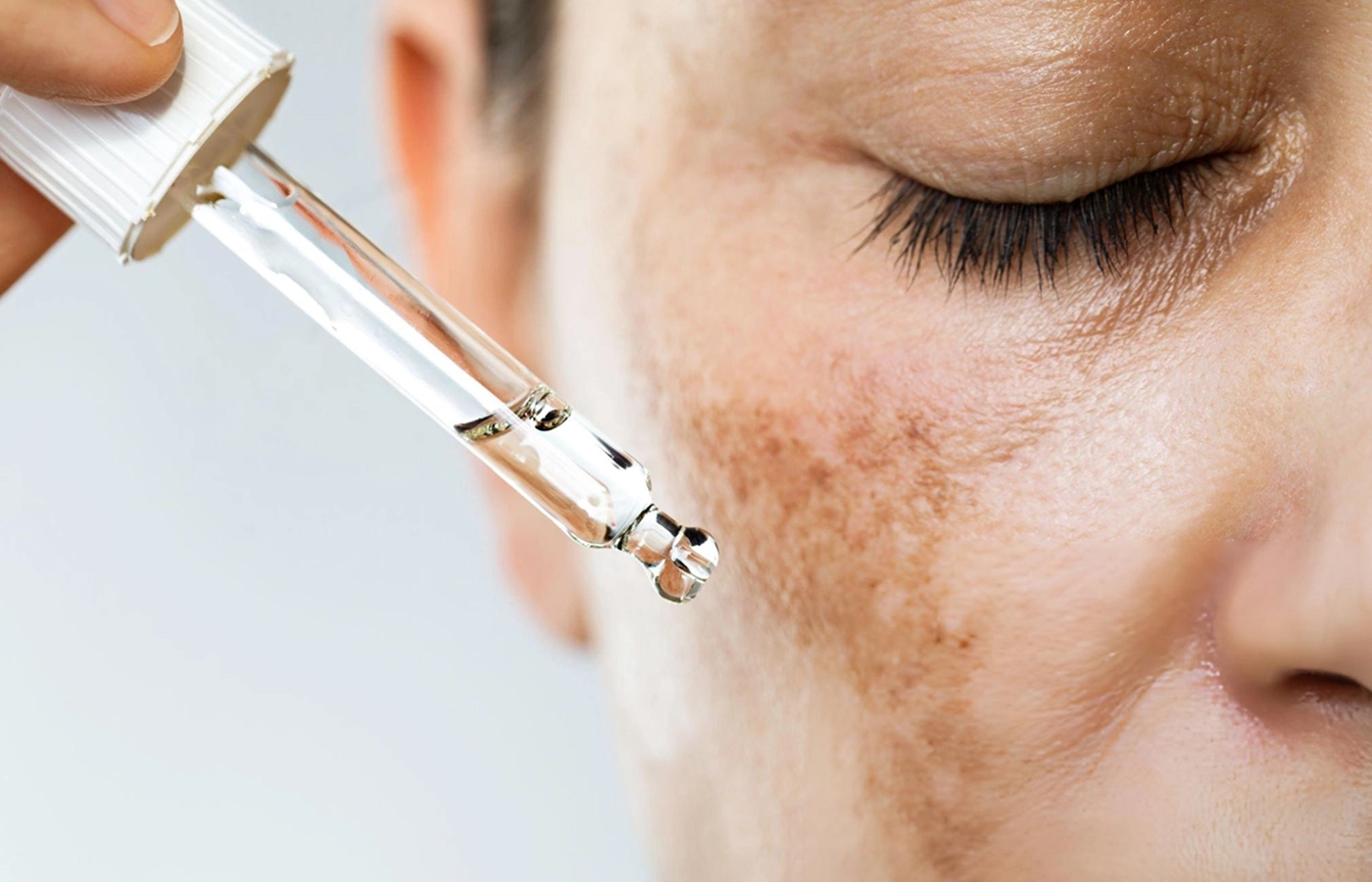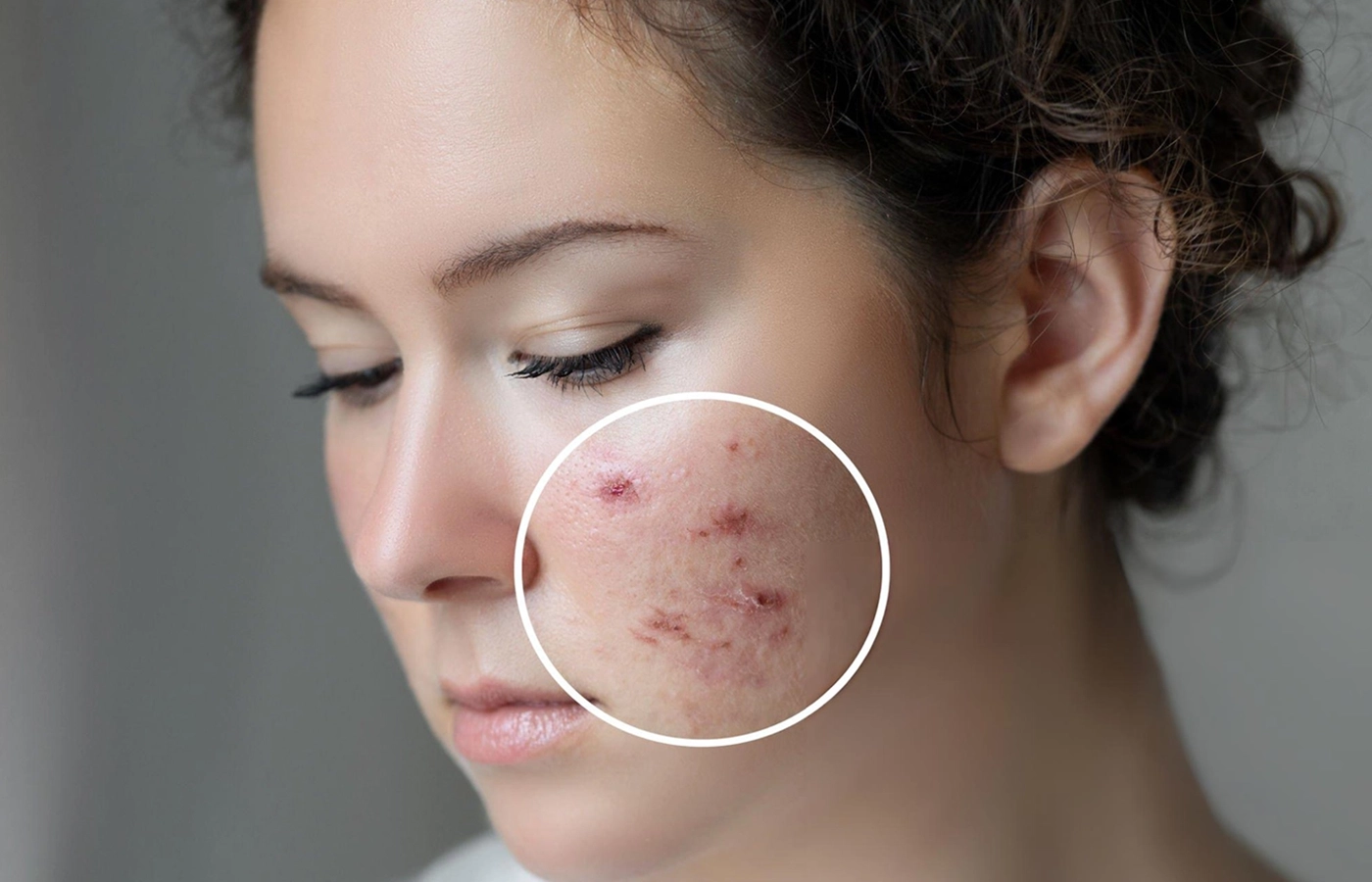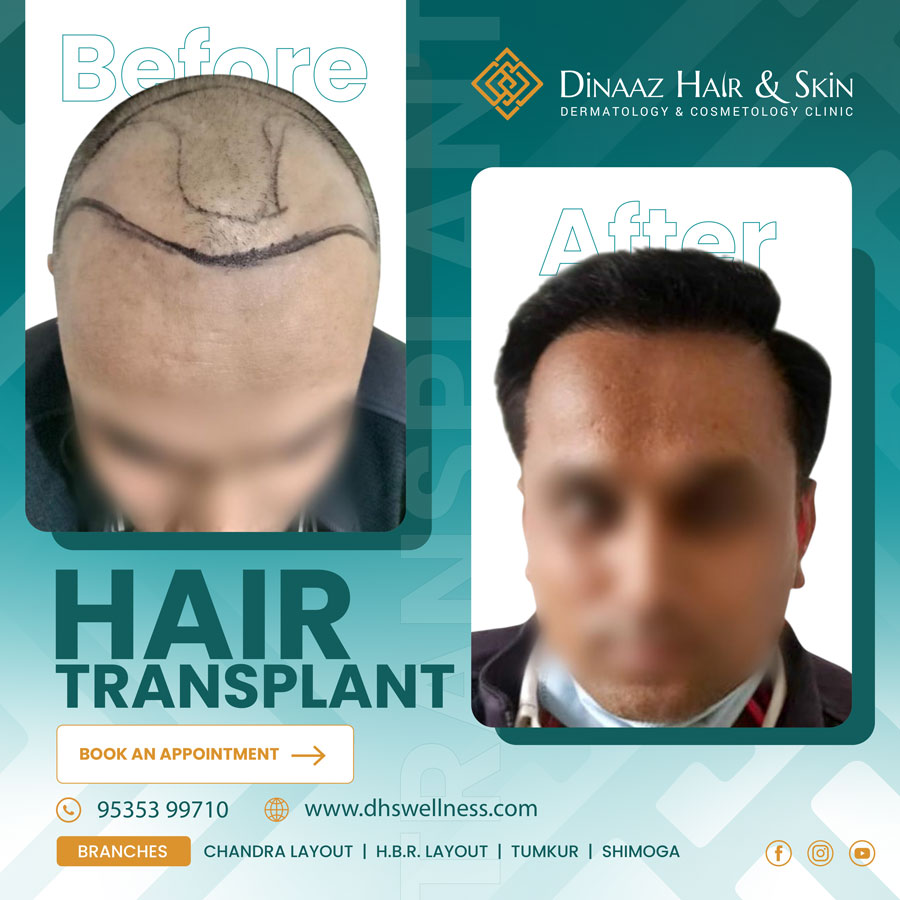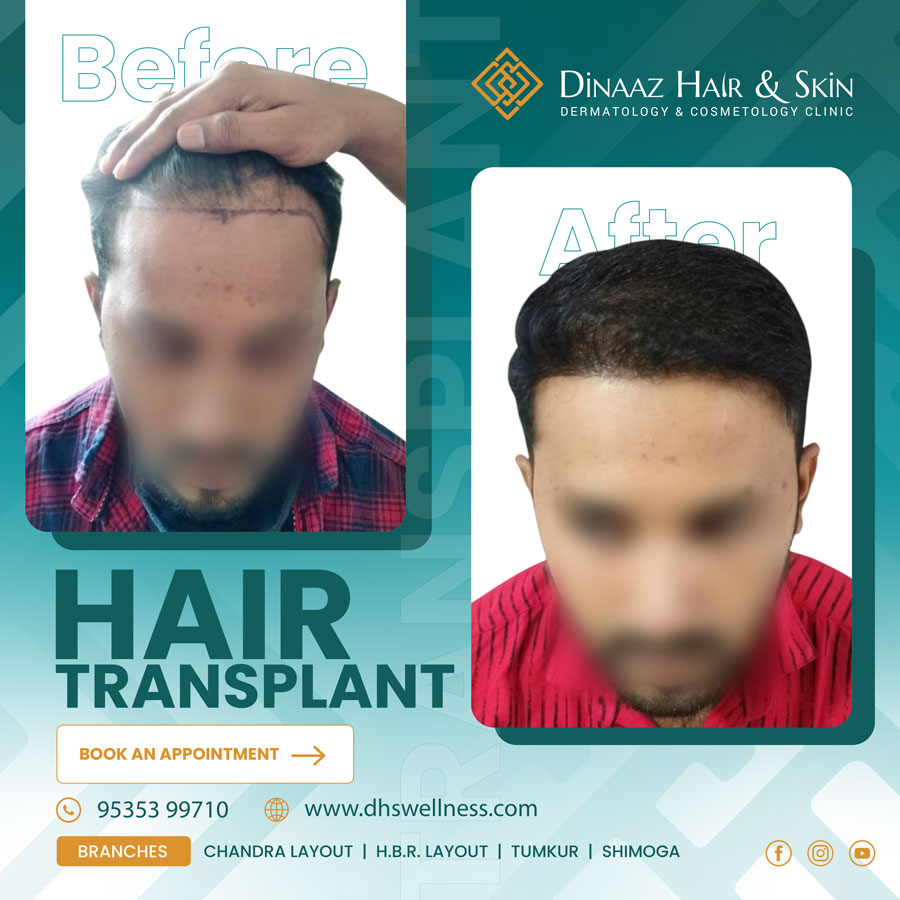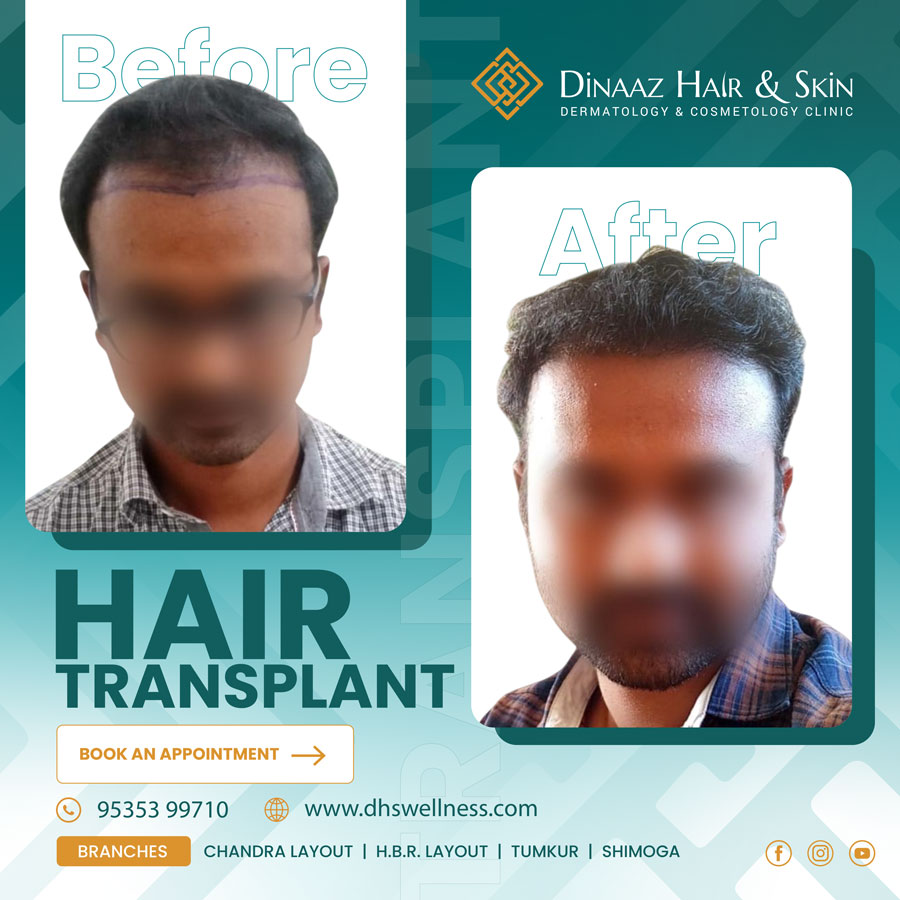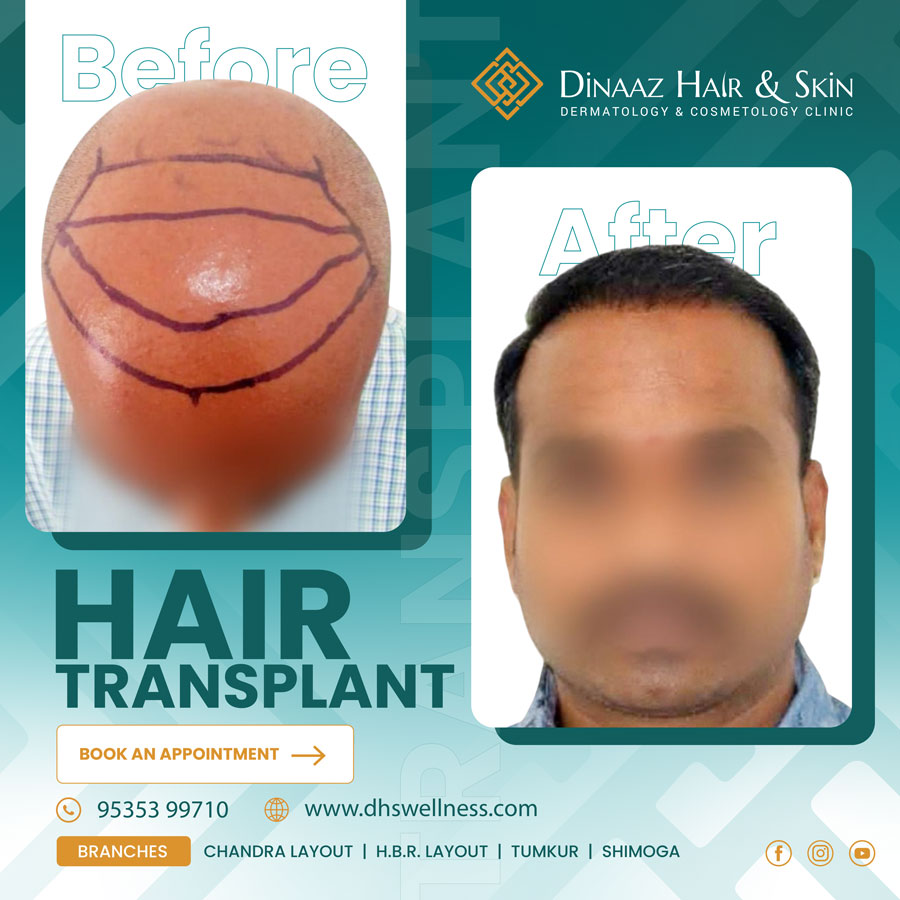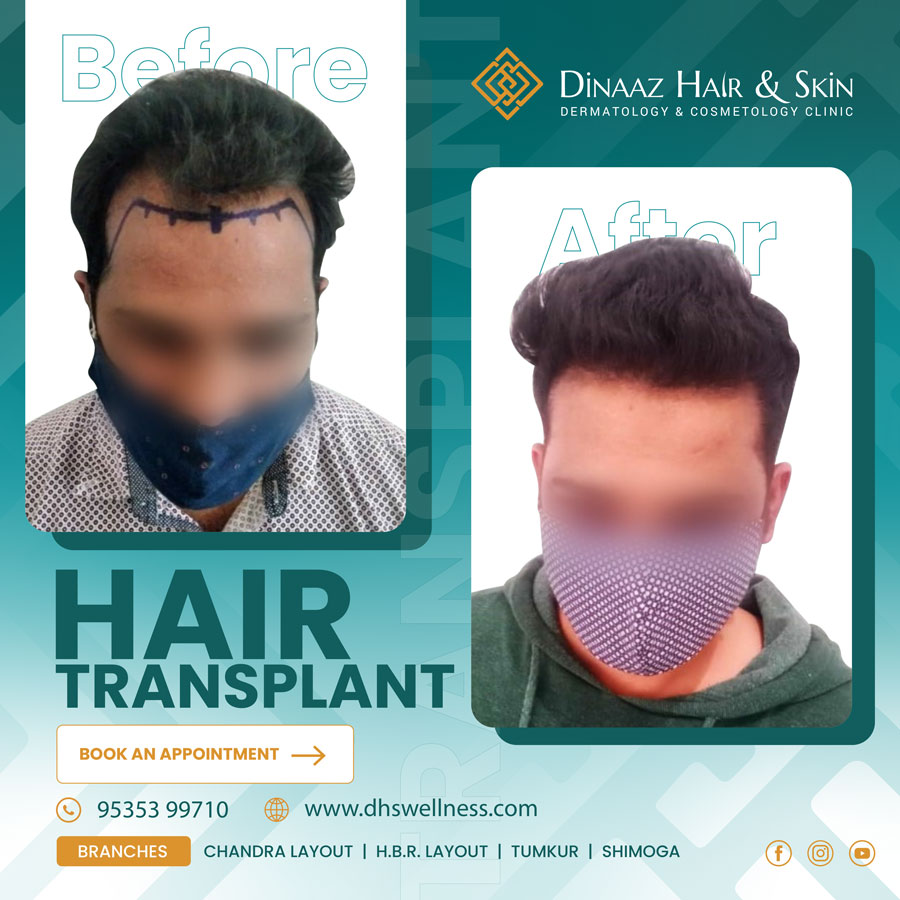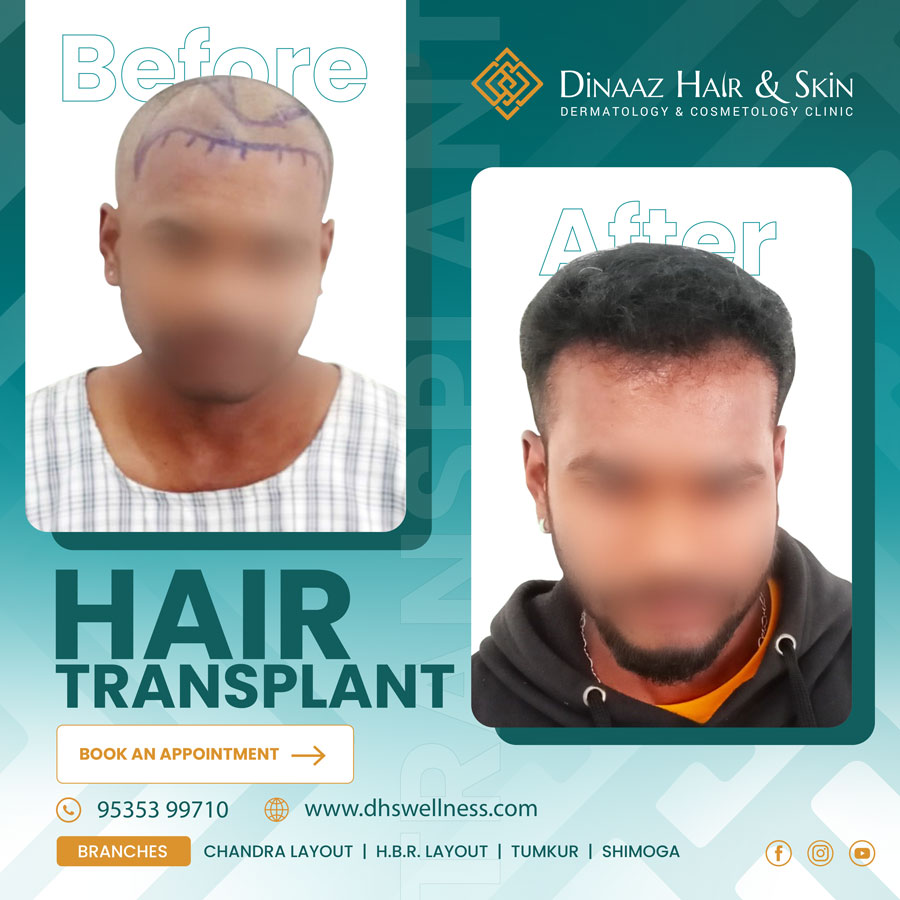Hair loss is a common concern affecting both men and women worldwide. Whether it’s due to genetics, stress, hormonal changes, or aging, watching your hair thin can be distressing. Fortunately, Platelet-Rich Plasma (PRP) therapy has emerged as an innovative, natural, and effective solution to revive thinning hair and stimulate growth.
In this blog, we’ll explore what PRP is, how it works, its benefits, and whether it’s the right treatment for you.
What is PRP Therapy?
PRP (Platelet-Rich Plasma) therapy is a non-surgical, regenerative treatment that utilizes the body’s own healing properties to stimulate hair growth. It involves extracting platelets from your blood, which are rich in growth factors, and injecting them into the scalp to boost hair follicles’ function.
PRP is widely used in medical and cosmetic treatments, including wound healing, skin rejuvenation, and orthopedic treatments. Its success in stimulating hair follicles has made it a revolutionary option for people experiencing hair loss.
How Does PRP Work for Hair Loss?
The PRP treatment process follows a simple three-step approach:
Step 1: Blood Collection
A small amount of your blood is drawn, usually from your arm, just like a routine blood test.
Step 2: Processing the Blood
The blood sample is placed in a centrifuge machine that spins rapidly, separating the platelet-rich plasma from other components of the blood. The resulting concentrated plasma is packed with growth factors that help in tissue repair and cell regeneration.
Step 3: Scalp Injections
The platelet-rich plasma is carefully injected into the scalp, specifically targeting areas with thinning hair. These injections work by:
- Increasing blood supply to the hair follicles
- Extending the growth phase of hair
- Strengthening hair roots
- Reducing hair fall
Patients typically require 3–4 sessions spread over a few months for optimal results, followed by maintenance treatments every 6–12 months.
Benefits of PRP for Hair Loss
PRP therapy is gaining popularity because of its natural approach and impressive benefits:
● Non-Surgical & Minimally Invasive – Unlike hair transplants, PRP requires no surgery, no incisions, and minimal downtime.
● Uses Your Own Blood – No foreign substances are used, reducing the risk of allergic reactions.
● Improves Hair Thickness & Strength – PRP not only reduces hair fall but also improves hair texture, thickness, and strength.
● Safe & Effective – Since PRP has been used in medicine for years, it is a clinically safe and proven technique.
● Quick Procedure with No Downtime – A single session takes about 45–60 minutes, and patients can resume their daily activities immediately.
Who is a Good Candidate for PRP?
PRP is ideal for people experiencing mild to moderate hair thinning rather than complete baldness. You might be a good candidate if you:
✔ Have early-stage hair loss or thinning hair
✔ Suffer from androgenetic alopecia (pattern baldness)
✔ Want a natural, non-surgical solution for hair regrowth
✔ Have healthy hair follicles that need stimulation
However, PRP may not be suitable for individuals with:
● Severe baldness (as PRP cannot create new hair follicles)
● Certain blood disorders or chronic illnesses
● Active scalp infections or inflammatory skin conditions
A consultation with a hair specialist or dermatologist is the best way to determine if PRP is right for you.
How Soon Can You See Results?
Hair regrowth takes time, and patience is key! Most patients start noticing changes after 3 to 6 months, including:
✔ Reduced hair shedding after the first few sessions
✔ New hair growth in previously thin areas
✔ Stronger, healthier hair strands
The full effects of PRP therapy are seen after about 6–12 months, with ongoing treatments helping to maintain the results.
Is PRP Painful?
PRP therapy involves injections, but most patients report mild discomfort rather than pain. A numbing cream is applied to the scalp to minimize any sensitivity. After the procedure, you might feel slight redness or soreness, which usually disappears within a day or two.
How is PRP Different from Other Hair Loss Treatments?
PRP therapy stands out from other hair loss treatments because it is natural, minimally invasive, and drug-free. Unlike hair transplants, which involve surgery and a long recovery period, PRP requires no incisions or stitches, making it a safer option for those hesitant about invasive procedures.
Unlike medications like Minoxidil (Rogaine) or Finasteride (Propecia), which need lifelong use and may cause side effects, PRP harnesses the body’s own healing power to stimulate hair growth without introducing chemicals. Additionally, while low-level laser therapy and other topical solutions provide mild results, PRP is known to deliver stronger, longer-lasting hair regrowth when performed by experienced professionals. This makes PRP an excellent choice for those seeking a natural yet effective way to combat hair loss without significant risks or downtime.
Final Thoughts: Is PRP Right for You?
If you’re struggling with hair thinning and want a safe, natural, and effective solution, PRP therapy might be the answer. By using your body’s own healing power, PRP can help revive dormant hair follicles, improve hair density, and slow down hair loss.
At Dinaaz Hair & Skin Clinic, we specialize in PRP therapy for hair loss, providing personalized treatments under the expertise of Dr. Nazia Iqbal. Book your consultation today and take the first step toward healthier, fuller hair!

